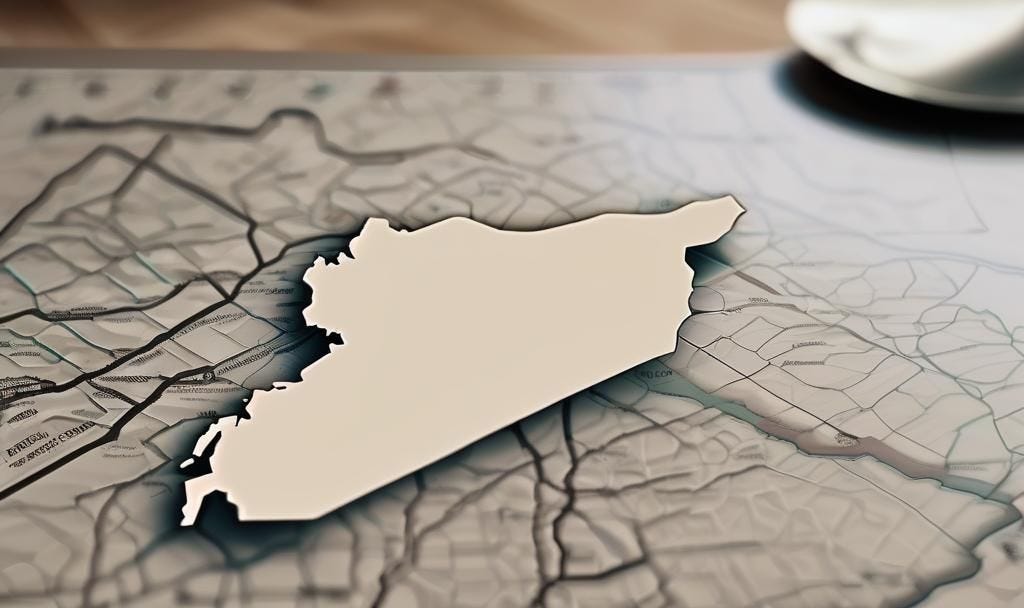This is one of the first posts in the Topline series. Featured posts on Geopolitico look in-depth at complex dynamics beyond the day-to-day. The Topline provides quick perspectives and analysis on recent developments in the news.
The unfolding situation in Syria is moving at a dizzying pace, with a different city falling daily to the rebels. The overthrow of Bashar Al Assad was seen as a remote possibility in recent years. He was at the Arab-Islamic summit in Saudi Arabia last month, marking another triumphant return to the regional scene.
In a span of less than a week, all that bluster disappeared, and a half-century of family rule is headed for a shocking collapse. Hayat Tahrir Al-Sham (HTS), a successor to multiple militant outfits, has led the charge across Syria. It now sits on the doorstep of Damascus. Ultimately, the success of the blitzkrieg assault has demonstrated that the Assad regime is a shell of what it portrayed to the outside and that the apparatus of 2018 that brought together Russia, Iran, and its proxies has fallen apart.
Who are the ‘rebels’?
Keep reading with a 7-day free trial
Subscribe to GEOPOLITICO to keep reading this post and get 7 days of free access to the full post archives.

